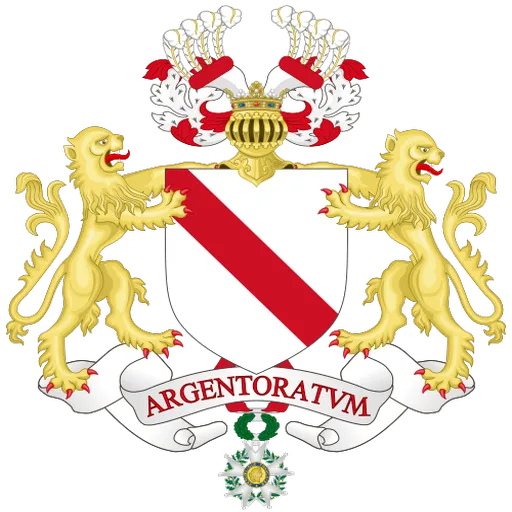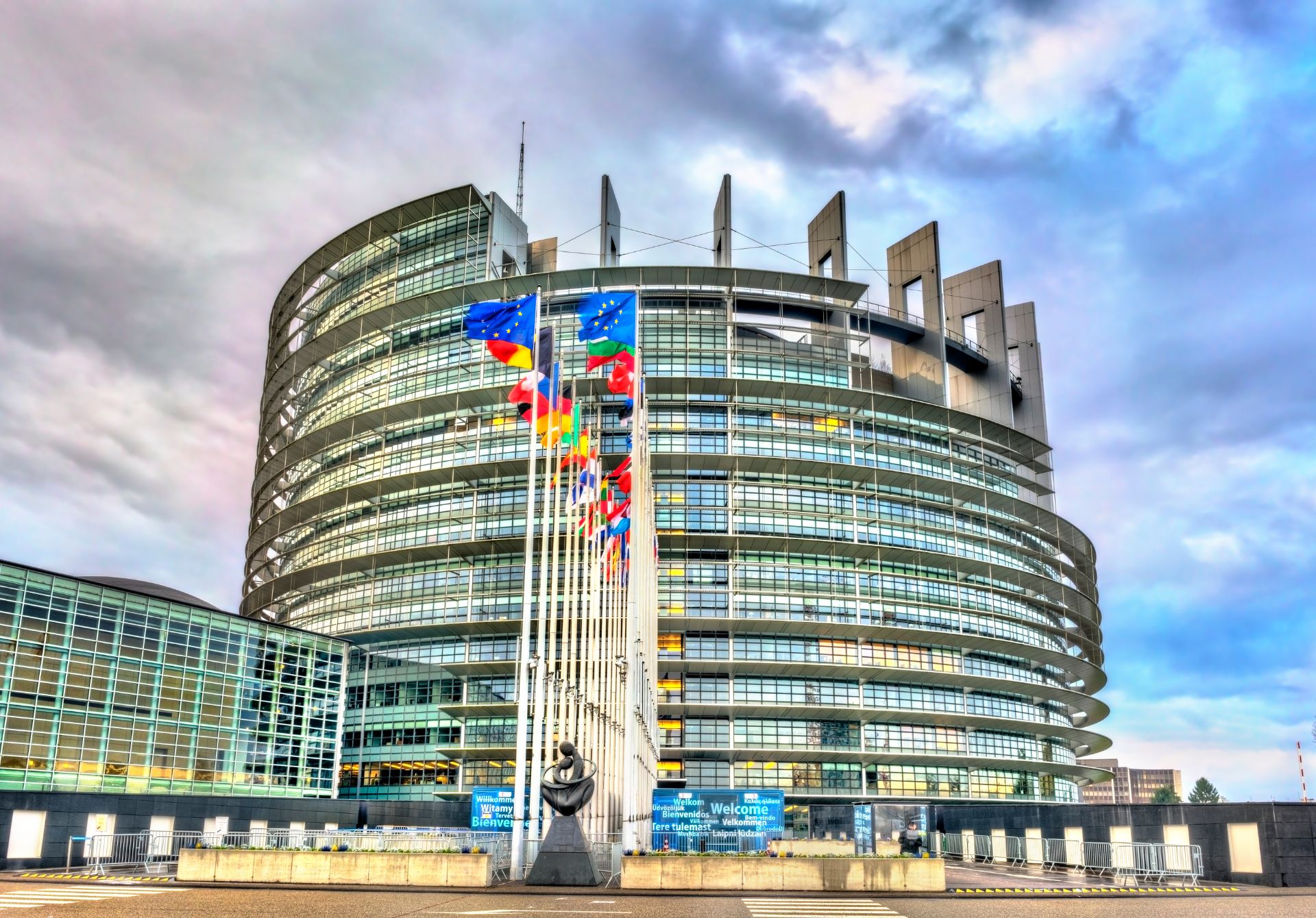Planning a trip to Strasbourg? Don’t miss one of Europe’s most fascinating political landmarks – the European Parliament. This architectural marvel isn’t just for policy wonks; it’s a must-see destination that offers unique insights into European democracy while providing an unforgettable cultural experience.
Why Strasbourg Hosts the European Parliament
You might wonder why this charming Alsatian city became home to one of Europe’s most important institutions. Strasbourg’s selection as the official seat of the European Parliament wasn’t random – it’s deeply symbolic. Located on the Franco-German border, the city has changed hands between France and Germany multiple times throughout history, making it a powerful symbol of European reconciliation and unity.
The European Parliament meets here for 12 four-day plenary sessions each year, typically during the first or second week of each month. During these sessions, the city transforms into a bustling hub of European politics, with MEPs (Members of European Parliament), journalists, and lobbyists from across the continent converging on this picturesque city.
The Architectural Wonder: Louise Weiss Building
The Parliament’s main building, officially called the Louise Weiss Building (named after a French women’s rights activist and European Parliament member), is an architectural statement in itself. Completed in 1999, this striking structure was designed to represent democracy and transparency. Its distinctive curved glass facade and towering height of 60 meters make it impossible to miss on Strasbourg’s skyline.
The building’s design incorporates fascinating symbolic elements:
- The hemicycle (main debating chamber) can accommodate all 705 MEPs from 27 EU member states
- The building’s “unfinished” appearance symbolizes the ongoing construction of European unity
- The tower represents the Tower of Babel, emphasizing the importance of communication across languages and cultures
Planning Your Visit: What Every Tourist Should Know
Visiting the European Parliament is easier than you might think, and it’s completely free! Here’s what you need to know to make the most of your experience:
- Book in advance: Tours are free but must be booked online at least one week ahead, especially during peak tourist season (April to September)
- Bring valid ID: All visitors must present a valid passport or national ID card
- Security screening: Arrive 15 minutes early for security checks similar to airport procedures
- Group sizes: Tours accommodate up to 50 people and are available in all 24 official EU languages
Pro Tip for Concierge Services: If you’re arranging visits for guests, remember that the Parliament offers special VIP tours for groups of 10-50 people. These include access to additional areas and can sometimes be arranged with shorter notice than regular tours.
What to Expect During Your Visit
A typical visit to the European Parliament lasts about 75 minutes and includes several fascinating stops. You’ll start at the Parlamentarium Simone Veil, an interactive visitor center that brings European history to life through multimedia presentations and hands-on exhibits.
The highlight is undoubtedly the hemicycle itself – the impressive debating chamber where European laws are made. Standing in this space where 705 elected representatives from across Europe gather to debate issues affecting 450 million citizens is genuinely awe-inspiring. The chamber’s design ensures that no seat has a better view than others, symbolizing equality among nations.
During plenary sessions, you can observe real parliamentary debates from the public gallery. Watching MEPs debate in their native languages while simultaneous interpretation happens in real-time is a remarkable experience that showcases the complexity and beauty of European democracy.
Beyond Politics: The Parliament District Experience
The European Quarter (Quartier Européen) where the Parliament is located has evolved into a vibrant district worth exploring. The area combines modern European institutions with traditional Alsatian charm:
- Parc de l’Orangerie: A beautiful park perfect for post-visit strolls, featuring a lake, stork sanctuary, and bowling green
- Council of Europe: Another important European institution located nearby, with its own fascinating architecture
- European Court of Human Rights: Complete your European institutions tour by visiting this striking building designed by Richard Rogers
- Dining options: Numerous restaurants cater to international tastes, reflecting the area’s cosmopolitan atmosphere
Timing Your Visit: Sessions vs. Non-Session Periods
Your experience will vary significantly depending on when you visit. During plenary session weeks, the area buzzes with activity. You’ll see MEPs rushing between meetings, journalists conducting interviews, and protesters making their voices heard. The atmosphere is electric and gives you a real sense of European democracy in action.
Non-session periods offer a different but equally valuable experience. Tours are more readily available, the pace is relaxed, and you’ll have better photo opportunities. The exhibitions and visitor center remain fully operational year-round, so you won’t miss out on the educational aspects.
Practical Information for Tourism Professionals
For those in the tourism and concierge industry, here are key details to help your clients:
- Location: 1 Avenue du Président Robert Schuman, 67070 Strasbourg
- Transportation: Tram Line E stops directly at “Parlement Européen”
- Parking: Limited visitor parking available; public transport recommended
- Accessibility: Fully wheelchair accessible with dedicated facilities
- Languages: Tours available in all 24 official EU languages
- Duration: Standard tours last 75 minutes; VIP tours can extend to 2 hours
Making It Part of a Strasbourg Itinerary
The European Parliament visit pairs perfectly with Strasbourg’s other attractions. Consider suggesting a full-day itinerary that includes the Parliament in the morning, lunch in the historic Petite France district, and an afternoon exploring Strasbourg Cathedral and its famous astronomical clock. The contrast between medieval Strasbourg and modern European institutions provides visitors with a compelling narrative about Europe’s evolution.
The European Parliament also serves as an excellent starting point for exploring the broader Alsace region, with its wine routes, fairy-tale villages, and rich Franco-German cultural heritage.
Summary: Why the European Parliament Should Be on Every Strasbourg Itinerary
Visiting the European Parliament in Strasbourg offers far more than a simple institutional tour – it’s a journey into the heart of modern European identity. From the symbolic architecture of the Louise Weiss Building to the democratic spectacle of plenary sessions, every aspect of the experience reinforces why Strasbourg earned its place as a “Capital of Europe.”
For tourism professionals, the European Parliament represents an unique selling point that sets Strasbourg apart from other European destinations. It’s educational without being dry, politically significant without being partisan, and architecturally striking without being overwhelming. Most importantly, it’s free, accessible, and genuinely fascinating for visitors of all backgrounds.
Whether your clients are political enthusiasts, architecture lovers, or simply curious travelers, the European Parliament provides insights into how 27 diverse nations work together to govern nearly half a billion people. In our increasingly connected world, understanding these institutions isn’t just interesting – it’s essential. And there’s no better place to gain that understanding than in the hemicycle where European democracy comes to life.

